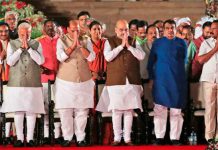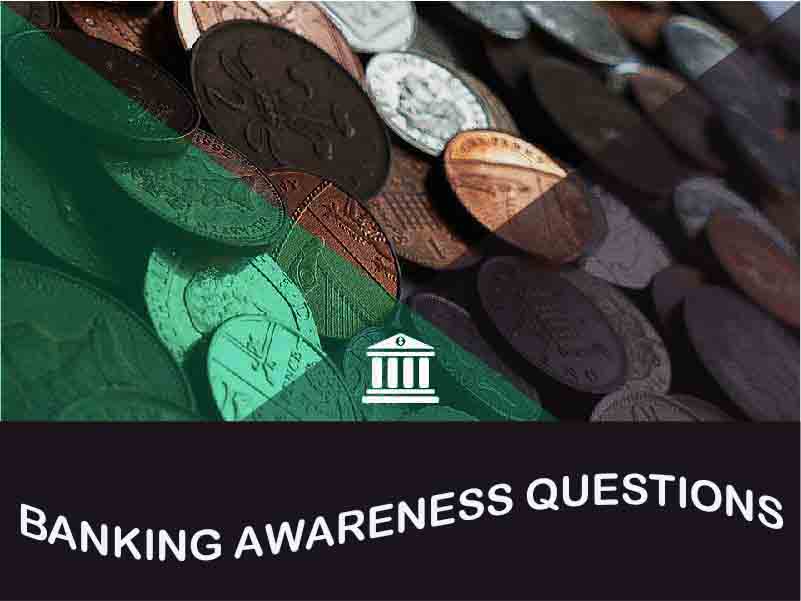Dear Sehpaathians,
You all may have heard the term GDP Growth Rate. It is normally used while referring to the economic growth of countries. Many politicians, journalists, economists, etc. keep stressing on the GDP growth rate of India while talking about the economic growth of the country.
But Many of you are still unaware about the basic concepts of the GDP growth rate. However, you don’t have to worry, this article will explain you the basic concepts of GDP growth rate and its association with a country’s economic growth.
What do Growth and GDP mean ?
Economic growth is the increase in a country’s net output i.e. the production of goods and services. The monetary value of the total goods and services produced within a country’s territory in one year is the Gross Domestic Product (GDP) of that country. It is one of the primary indicators used to gauge the health of a country’s economy.
How Can we Calculate GDP?
Suppose a country ‘X’ produces 500 goods at the cost of Rs. 100 and 200 services at the cost of Rs. 30. The GDP for the country will be:
GDP = P (G) + P (S)
= 100(500) + 30 (200)
=50,000 +6,000
=56,000
Therefore, the GDP of the country ‘X’ = Rs. 56,000
What is GDP Growth Rate ?
The rate at which the GDP of a country grows is the GDP Growth Rate of that country. It is important for the country’s policy makers and citizens to keep a close watch on the GDP growth rate because it determines the rate at which growth takes place in the net output of a country.
In other words, the GDP growth rate is the percent increase in the economy’s output from quarter to quarter or year to year. It gives you an accurate idea of how fast a country’s economy is growing or developing.
What is Negative or Positive Growth?
We can also say that the change in a country’s GDP in a specified period of time (a quarter of a year, a year, etc.) tells us about the growth that has occurred in the country. For example, if the year-to-year GDP is up 3%, this means that the economy has grown by 3% over the last year. When the economy is expanding, the GDP growth rate is positive. If it is growing, so will business, jobs and personal income. If it is slowing down, then businesses will hold off investing in new purchases and hiring new employees, waiting to see if the economy will improve.
What are Nominal and Real GDP?
There are two ways of measuring the GDP:
- We can calculate the Nominal GDP
- We can calculate the Real GDP.
Nominal GDP calculates the value of all the goods and services produced during a set period using current prices. Real GDP involves calculating the value of all the goods and services produced during a set period using constant prices. Economists usually use real GDP to assess economic growth in a country because it takes inflation into account.
Difference between Current and Constant Prices:
While calculating the GDP, we consider the ‘monetary value’ of goods and services produced in a particular set of time. However, as you might have sometimes noticed, prices in an economy never stay stagnant. Factors like inflation, deflation,depreciation etc. always lead to change in the prices over time.
The GDP growth rate that we calculate at the changed (latest) prices in the country, is the GDP calculated at the current prices. On the other hand, if we don’t want to take the changed prices into account while calculating the GDP, then we assume that the prices have remained constant in the economy.
Naturally, the GDP calculated at Current Prices is more accurate and realistic than that calculated at Constant Prices.
GDP Growth Rate of India and Other Countries
The GDP Growth rate of India and other coutries is provided in the table given below:
| COUNTRY | GDP |
| India | 2.4 % |
| USA | -3.7% |
| Russia | -3.8% |
| Brazil | 6.9% |
| China | 1.3% |
| South Africa | 1.7% |
| Germany | 2.3% |
| United Kingdom |
2.4% |























